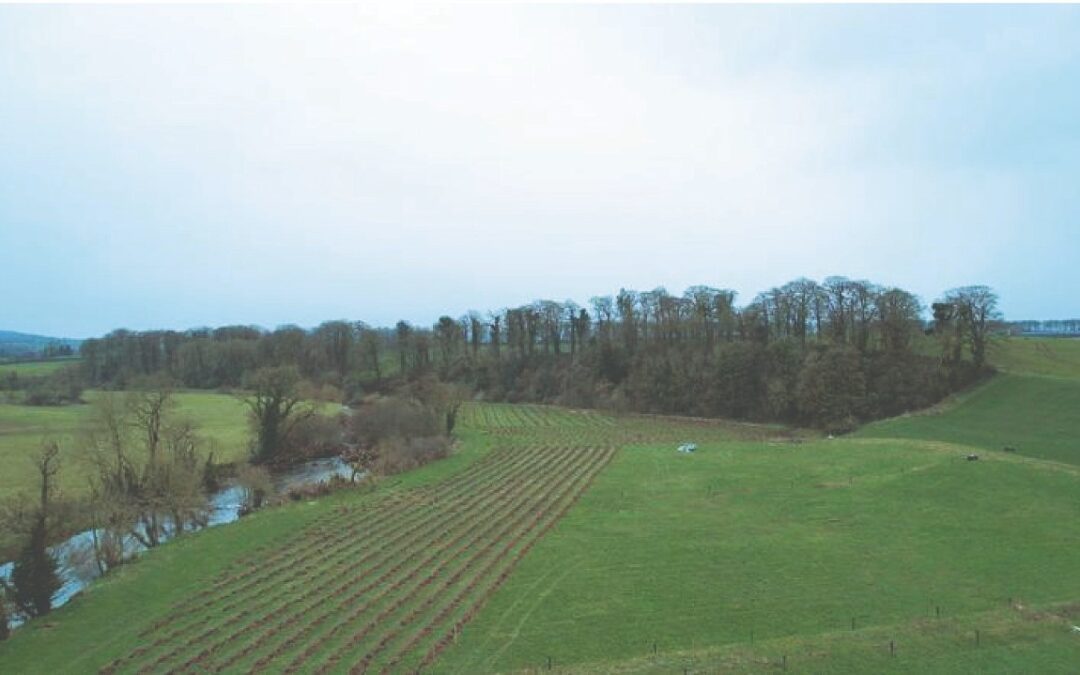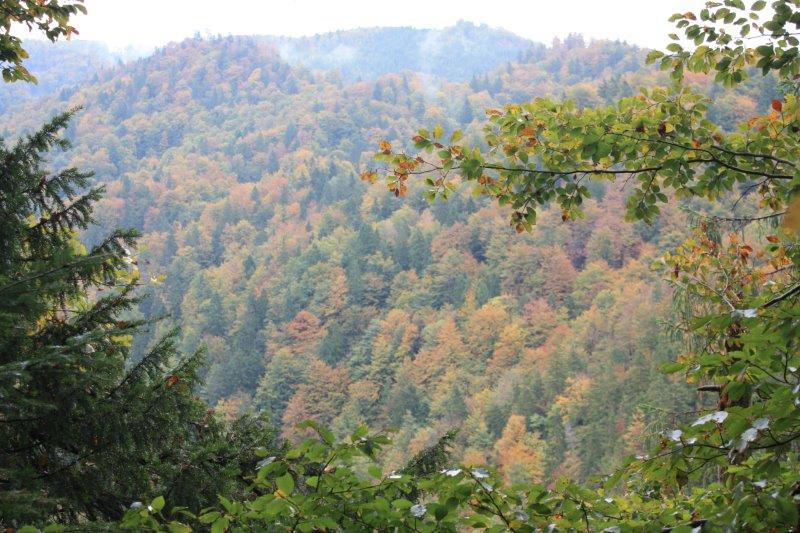There are 12 afforestation forest types (FT) in the Forestry Programme 2023-27 along with two Native Tree Area (NTA) schemes in Ireland. The 12 FTs provide opportunities to establish multispecies commercial forests as small or as large as the owners wishes. The generally vary in size from 5ha to 15ha.
Those who wish to start very small can choose the NTA scheme. These plantations can be as small as 0.1ha (or a quarter of an acre) up to 2ha. The NTA scheme is ideal for farmers who wish to explore the forestry option and if happy can expand into one of the FT programmes later.
It is an attractive scheme for farmers to enhance their farm through the planting of small native woodlands for shelter, landscaping, biodiversity and water protection where there is a stream or river on the farm. All establishment costs (fencing, ground preparation, costs of plants and planting) are covered, while a premium payment for 10 years in addition to Basic Income Support for Sustainability (BISS) payments.
The NTA scheme does not require an afforestation licence and so scheme approval is by direct entry as is the case with other agri-environmental schemes. It is estimated that over three million hectares of land are eligible for the scheme. There are types of forests that can be established under the scheme:
NTA 1 – Creation of small native forests on farmed land such as around farm buildings, field corners, woodland corridors, and groves. The annual premium, which lasts 10 years is €2,206/ha while the establishment grant is €6,744/ha
NTA 2 – Creation of native forests and undisturbed water setbacks to protect and enhance water quality for water protection along riparian zones such as rivers, lakes, wetlands, marsh, drains etc. The annual premium, which lasts 10 years is €2,284/ha while the establishment grant is €6,744/ha
So, in farms with watercourses, up to 2ha can be planted in blocks from 0.1ha and upwards with a maximum width of 20m (measured tree-to-tree, excluding open spaces, aquatic buffer zones, public road setbacks etc.
SPECIES AND SOIL TYPES
There are two NTA scenarios relating to soil type and soils.
Scenario 1
Scenario 1 covers plantations on dry mineral soils such as podzols, brown podzols and brown earths. The recommended planting mixtures are: oak (30%), birch (30%) Scots pine (25%) and other native species (15%). Oak to be planted in predominantly pure groups, with birch scattered intimately throughout. Scots pine planted in small pure groups, focusing on parts of the plot and away from any watercourses adjoining or crossing the plot. The remainder of the birch to be planted in pure groups. The scheme is not rigid and allows flexibility (plus or minus 25% for each species except Scots pine). When choosing other native species, check trees growing well in the locality such as wild cherry and aspen.
Scenario 2
Scenario 2 covers wet mineral soils such as gleys. The recommended species are alder (50%), birch (30%), oak (15%) and other native species (5%). Alder and birch to be planted in pure groups (30-40 trees), with groups interspersed alternately. Oak to be planted in small pure groups, focusing on the dryer parts of the plot. Again, flexibility of plus or minus 25% for each species will be accepted. Less room in wet soils but on dryer and boundary areas of site, it may be possible to plant a small number of cherry, willow and holly trees.
#forestry #diversity #environmentalsustainability #carboncapture #habitat


